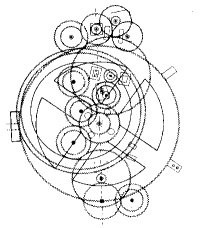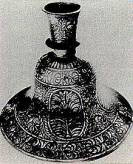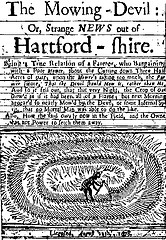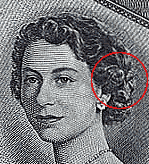“The following singular inscription is to be seen carved on a tomb situated at the entrance of the church of San Salvador, in the city of Oviedo. The explanation is that the tomb was erected by a king named Silo, and the inscription is so written that it can be read 270 ways by beginning with the large S in the center. The words are Latin, SILO PRINCEPS FECIT.”
T I C E F S P E C N C E P S F E C I T
I C E F S P E C N I N C E P S F E C I
C E F S P E C N I R I N C E P S F E C
E F S P E C N I R P R I N C E P S F E
F S P E C N I R P O P R I N C E P S F
S P E C N I R P O L O P R I N C E P S
P C C N I R P O L I L O P R I N C E P
E E N I R P O L I S I L O P R I N C E
P E C N I R P O L I L O P R I N C E P
S P E C N I R P O L O P R I N C E P S
F S P E C N I R P O P R I N C E P S F
E F S P E C N I R P R I N C E P S F E
C E F S P E C N I R I N C E P S P E C
I C E F S P E C N I N C E P S F E C I
T I C E F S P E C N C E P S F E C I T
“Besides this singular inscription, the letters H. S. E. S. S. T. T. L. are also carved on the tomb, but of these no explanation is given. Silo, Prince of Oviedo, or King of the Asturias, succeeded Aurelius in 774, and died in 785. He was, therefore, a contemporary of Charlemagne. No doubt the above inscription was the composition of some ingenious and learned Spanish monk.”
— Barkham Burroughs’ Encyclopaedia of Astounding Facts and Useful Information, 1889
11/02/2014 UPDATE: A reader points out that S.T.T.L. is the Roman equivalent of R.I.P.: Sit tibi terra levis means “may the earth rest lightly upon you.” “H.S.E.S. is a little less clear, but my conjecture is it stands for Hic Sepultus Est Silo = here Silo has been buried. H.S.E. is a not-uncommon abbreviation on tombstones.” (Thanks, Noah.)







